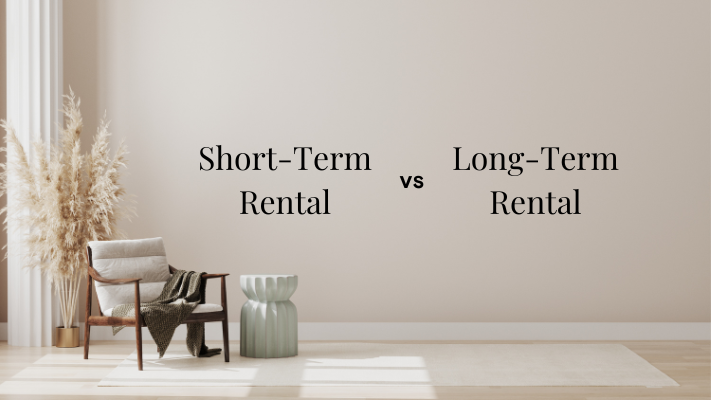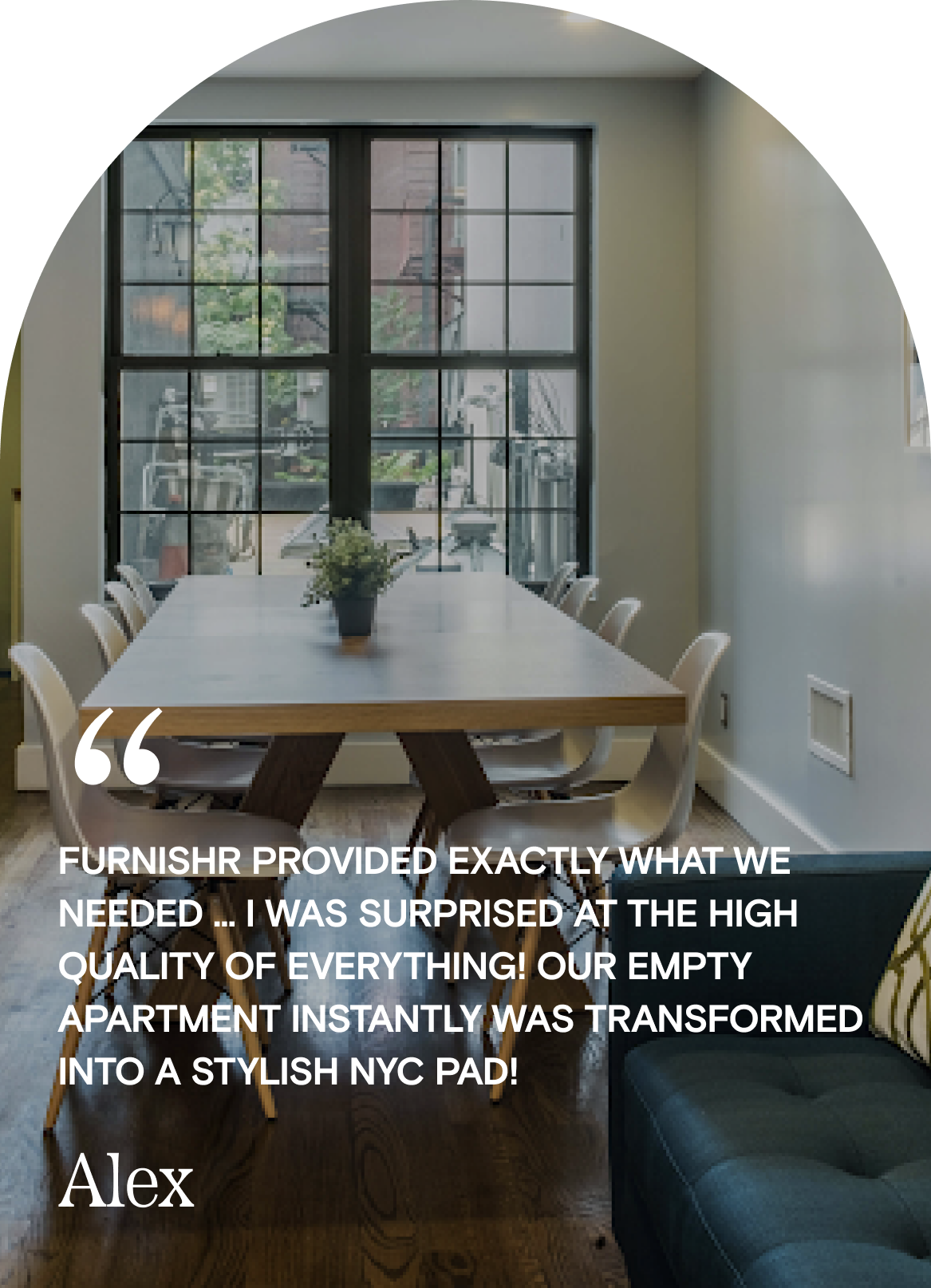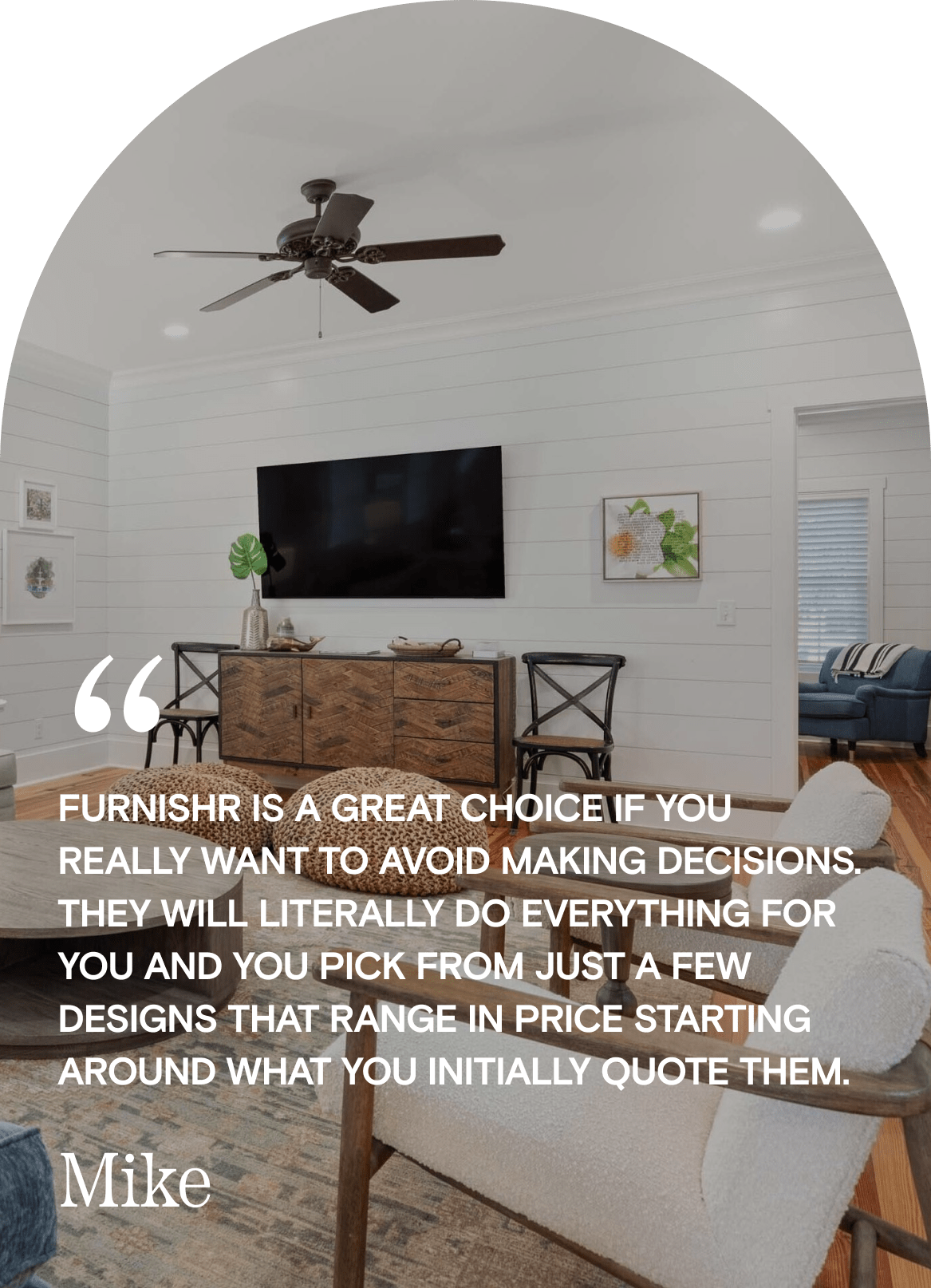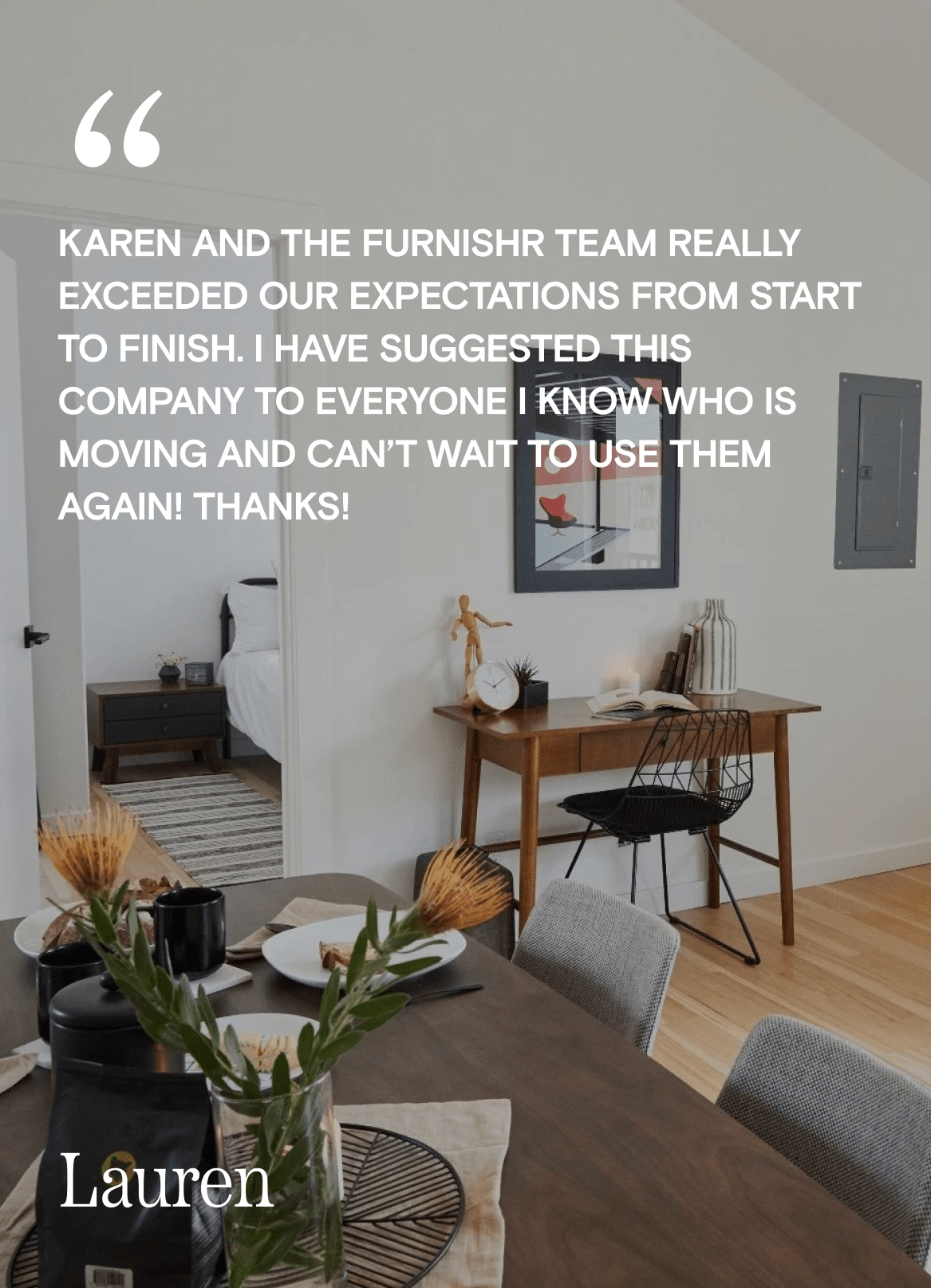
- Michael Van
Traveling in 2024 has evolved significantly. As more people rely on platforms like Airbnb and VRBO to start an Airbnb or book short-term rentals, the way we choose accommodations has been transformed. Two decades ago, travelers were limited to hotels, motels, and resorts, often missing out on unique, personalized experiences. Today, short-term rentals offer a diverse range of options, from cozy apartments to luxurious villas, and emphasize unique experiences and interesting neighborhoods. This shift has redefined the travel industry, providing more tailored and flexible accommodation choices that cater to various preferences and needs.
Ready To Start Your Short Term Rental?
In this article, we will cover these topics:
1. First steps to start an Airbnb
Setting expectations

Understand the risks
- Property damage
- Preventing guest injuries at your rental
- Theft of personal belongings
- Squatters taking over
2. Starting the process
After doing the initial assessment and research, you can start the process. It can be overwhelming and exciting but we highly you spend more time understanding the whole process first. Do not rush into it. There are 3 key things that need to be completed before you start an Airbnb.
Choosing the space

Competition

Target market
When you start an Airbnb, understanding the target market involves three key factors: who is most likely to book your space, what they are willing to pay, and how you can create the best possible experience to keep your calendar filled with bookings. As mentioned, knowing the competition in the area will help you identify the target market for your Airbnb and how to stand out.

For instance, if your space is in a resort or cottage region, you might target families on vacation, friends seeking a relaxing getaway, or professionals who can work remotely. Each group will have different needs and preferences, which you can cater to based on your focus. Perhaps it’s a vacation rental optimized for remote work with dedicated workspaces and high-speed internet, or it could be a family-friendly space with bunk beds. Designing the space according to the anticipated target market will help set your Airbnb apart.
Building your financial projections

3. Preparing the space
Designing for your guests and region
Now that you’ve done a lot of pre-work to start an Airbnb, things are getting real. Most of the previous steps were part of the research and planning phase, but now the implementation stage makes it a reality. This phase can be overwhelming and expensive, so it’s essential to break things down.
Assuming you’ve secured your space and completed research on your target customers and market, designing the rooms can be more of a checklist function. You’ll need to have the following furnishings at a minimum:
Living Room
- TV
- Lighting
- Coffee table
- Sofa, sofa bed, or sectional
Bathroom Essentials
- Hair dryer
- Bath towels
- Hand towels
- Hand soap
- Shampoo and conditioner
- Body wash or soap
- Toothpaste
- Mouthwash and disposable cups
- Extra toilet paper
Bedroom
- Bed frame
- A good mattress
- Dresser
- Nightstand
- Bedding
- Lighting
Kitchen Essentials
- Plates and bowls
- Cutlery
- Cups, glasses, and wine glasses
- Can opener
- Pots and pans
- Cooking utensils
- Toaster
- Kettle
Family vacation guests
- Safety
- Outlet plugs
- Nightlights
- Non-slip bath mats
- Bath tub spout cover
- Stair gates
- Sunscreen
- Flashlights
- Kid-Friendly Items
- Baby bath tub
- Childproof dishes, silverware, and sippy cups
- Bottle Warmer
- Cleaning Supplies
- Broom and dustpan
- Mop
- Vacuum
- Low-tech Entertainment
- Boardgames
- Deck of cards
- Activity books
- Books
- Sports equipment
- Season outdoor equipment or Yard games
Check-in and check-out processes

Other items
Starting an Airbnb can involve meticulous planning, but it’s important to remember that things may not always go as expected. As a host, preparation is key. Even with a great space, a solid check-in process, and clear expectations, issues can arise. A simple FAQ one-pager can be a lifesaver, saving you time and ensuring a smoother experience for your guests.
Marketing
- Photography
- Descriptions
Photography
- Clean and declutter
- Stage each room
- Shoot the photos with lights on and during the day
- Frame photos to include corners to add more dimensions
- Add a 1-2 photos of amenities but not too many
- Add photos of the neighborhood


Descriptions
- Present clear information about the property towards the target audience
- Anticipate the negatives instead of avoiding it
- Title for the listing should be unique
- Use an intuitive description structure so potential guests can follow along
- Avoid over-selling the space to set expectations and generate positive reviews
- Test descriptions and titles to see what works best for occupancy rate and for the type of guests that it’s attracting
4. Start hosting!
Once the space is listed, your time will shift towards how to ensure the listing increases its booking rate and maintains it. Managing against potential risks is also important. Especially early on, it might seem like a good idea to start booking long term bookings over 30 days. But it has been shown to be a potential squatter scenario. Focus on starting with shorter stays to get to know guests and have some guest turnover to develop guest turnover processes.
Start a design project for your Airbnb!










